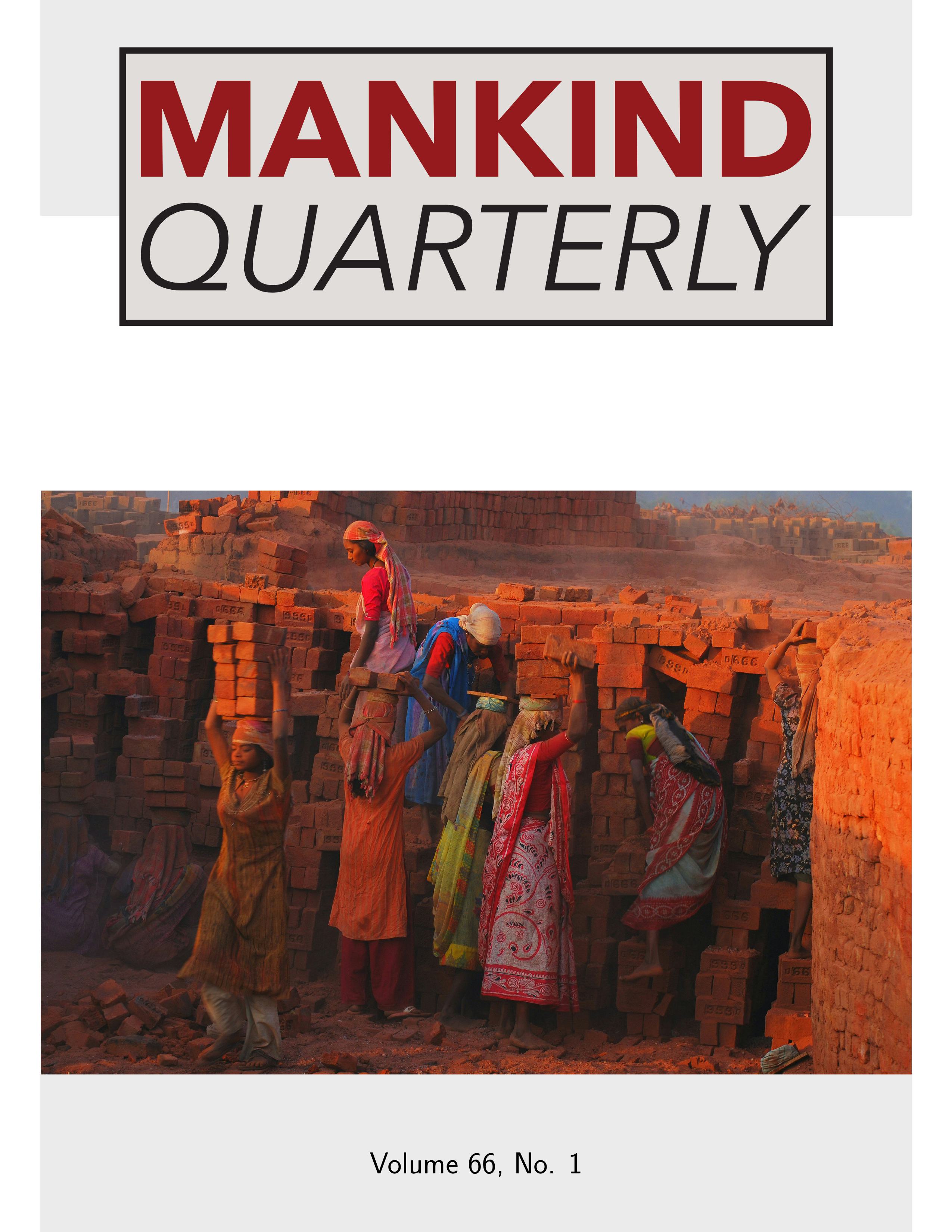Home > Archive > Volume 64, No. 2 > This paper
Predictors of Engaging in Interracial Dating
Sebastian Jensen and Emil O. W. Kirkegaard
Published: 2023/12/01
Abstract
Research suggests that mixed-race adolescents are more likely than monoracial adolescents to use drugs or engage in violent behavior, and that interracial relationships contain more conflict than monoracial ones. However, it is not clear whether these outcomes are caused by racial conflict and identity or by self-selection. To determine this, we used data from the NLSY97 and Add Health datasets to explore what characteristics predict whether an individual is engaged in an interracial relationship. Our investigation suggests that assortative mating occurs between races, where individuals who date individuals of other races tend to be more similar to them. The standardized difference in intelligence between those interracially mated and those who didn’t varied by race (White d = -0.22, p < .001; Black d = 0.31, p < .001; Hispanic d = 0.73, p < .001). Also, there is a difference in height between Hispanics who interracially dated and those who didn’t (mean d = 0.29, p < .001). Interracial daters tended to engage in a broader range of risk-taking behaviors (White d = 0.18, p < .01; Black d = 0.42, p < .01; Hispanic d = 0.53, p < .001) regardless of their race. The available evidence supports that the behavior of mixed-race adolescents is a product of genetic transmission, and that some of the increased divorce and inter-partner violence observed within interracial relationships may be a product of self-selection instead of racial conflict or social pressure. Keywords: Assortative mating, Intelligence, Race, Psychopathology
Download PDF
